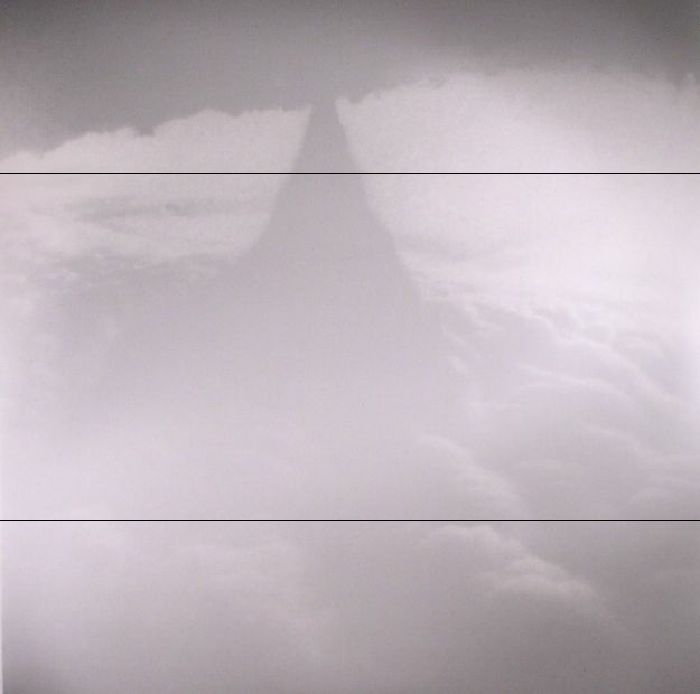

Namely, to the way in which the lives and livelihoods we have taken for granted Exigency: Berlant's work responds to crises in our conceptions of the "good life,".


Various impasses we face can we strive to create alternative conditions for We live today in other words, only by recognizing and understanding the She claims that perceiving the present as a “mediated affect” willĪllow us to better apprehend the conditions of “crisis ordinariness” in which We have formed to fantasies of the good life that are no longer sustainable in Main argument: Berlant theorizes “cruel optimism” as a way of understanding the injurious attachments.That new emergent aesthetic forms are taking hold, alternative genres thatĪllow us to recognize modes of living not rooted in normative good life Recognize that certain “genres” are no longer sustainable in the present and Various impasses we face today, she suggests that it becomes possible to Which she describes as structured through “crisis ordinariness,” and turns toĪffect and aesthetics as a way of apprehending these crises by tracking the Berlant isĮssentially concerned with conditions of living or the state of the “present,” It through day-to-day life when the day-to-day has become unlivable. Matter how injurious or cruel these attachments may be, allows people to make In other words, maintaining attachments that sustain the good life fantasy, no In one’s own or the world’s continuity, but might feel any number of ways,” including not optimistic at all (13). For Berlant, optimism is aįormal or structural feeling, such that an “optimistic attachment is invested

Posits “cruel optimism” as a relational dynamic whereby individuals remainĪttached to “compromised conditions of possibility” or “clusters of promises”Įmbedded in desired object-ideas even when they inhibit the conditions forįlourishing and fulfilling such promises (24, 23). Increasingly compromised under postwar neoliberal restructuring. How such fantasies have survived even when conditions for survival are Still remain attached to fantasies of the "good life" her research examines Very little music so masterfully evokes the towering, savage beauty of the natural world, and the insignificance of man in the face of its enormity and power.In Cruel Optimism Lauren Berlant reveals thatĭespite deteriorating social, economic, and environmental conditions, people With this album, English has created something awe-inspiring: strange, elemental, and profound. He is a noted critic of the use of sonic weapons on civilians, a practice referenced here in the track title "Exquisite Human Microphone" - the irony being that his music would itself make a potent sonic weapon. English is a writer and liberal political activist who treats his position of privilege as one of responsibility, and whose 2010s recordings are wordless protest albums against atrocities committed against the powerless. At times, as with the noisy, distorted thrumming on "Object of Protection," it reminds one of those albums by Sunn O))) recorded in a northern European cathedral. Listened to at loud enough volumes, it's overpowering, disorienting, and as malevolent as any black metal yet the dense clusters of harmonic overtones give it a haunting beauty akin to the choral music of Eric Whitacre or Morten Lauridsen. Room40 regulars Chris Abrahams and Norman Westberg contribute, as do Swans guitarist Thor Harris, avant-jazz saxophonist Mats Gustafsson, and electroacoustic guru Werner Dafeldecker - but no instruments are distinguishable - their tones are gathered up and mashed together by English into his by-now-trademark thunderhead of sound. This time out, it's a more collaborative effort than ever before. It's not noise - it's definitely music, as there are subtle melodies and harmonies involved - but it's noisy. While his last album, 2014's Wilderness of Mirrors, began relatively delicately and built up only gradually to towering sonic peaks, this one plunges the listener right from the start into a raging maelstrom of sound. Australian Lawrence English is one of the leading exponents of a style that has come to be known as "power ambient." Combining the prolonged, soothing tones of ambient and drone music with intense volume and the crushing denseness and weight of noise or doom metal, his music, at once beautiful and terrible, is like an iron fist in a velvet glove.


 0 kommentar(er)
0 kommentar(er)
